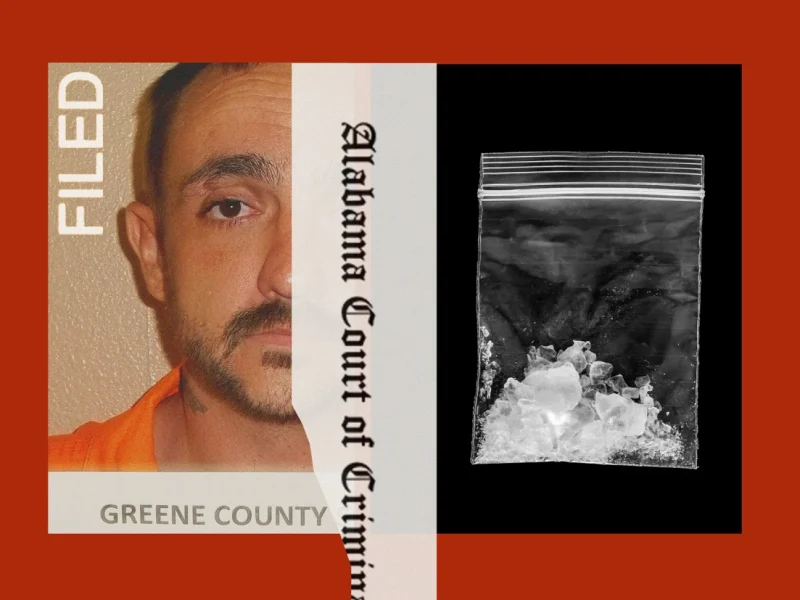When the state of Alabama carried out the execution of four inmates, the focus was expected to remain on the gravity of their crimes and the solemnity of capital punishment. Instead, a surprising twist has emerged that is now dominating headlines. Newly released reports have revealed that all four men executed had illegal drugs in their systems at the time of their deaths, raising serious questions about how such substances made their way into a maximum-security environment.
The findings are as unsettling as they are puzzling. Toxicology reports showed traces of methamphetamine, marijuana, and other controlled substances in the inmates’ systems — substances that should have been impossible to obtain behind bars. The revelations have left the public asking the obvious: if death row inmates awaiting execution can access drugs, what does that say about the level of security and oversight inside Alabama’s prison system?
Critics of the state’s correctional facilities were quick to pounce, pointing to what they describe as long-standing problems with contraband smuggling, understaffing, and corruption. Advocacy groups argue that the toxicology results highlight a deep dysfunction in the system — one where control is slipping and accountability is paper-thin. On social media, the story has exploded, with citizens demanding to know who is responsible for allowing narcotics to flow so freely inside the very institutions meant to restrict them.
State officials, for their part, have acknowledged the reports but stopped short of offering a detailed explanation. Instead, they’ve promised “internal reviews” and “greater vigilance” moving forward. For many, though, that’s not enough. The controversy is adding fuel to an already heated debate over capital punishment in America, with some suggesting that the presence of drugs casts a troubling shadow over the integrity of the execution process itself.
Beyond the politics, the revelations paint a surreal picture — men on the brink of execution spending their final days with access to substances supposedly sealed off from the outside world. Whether it was a coping mechanism, a symptom of systemic rot, or something even more sinister remains unclear. What is clear is that Alabama’s prison system now finds itself under a microscope, and the questions raised by this scandal aren’t going away anytime soon.






